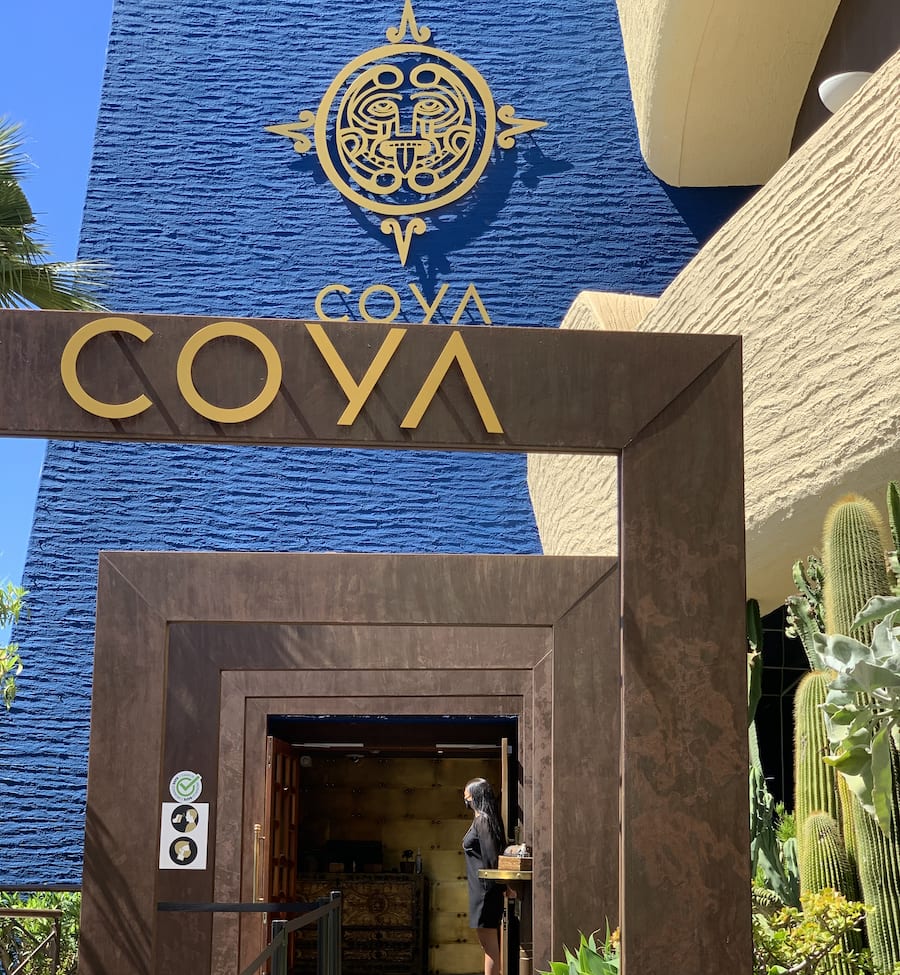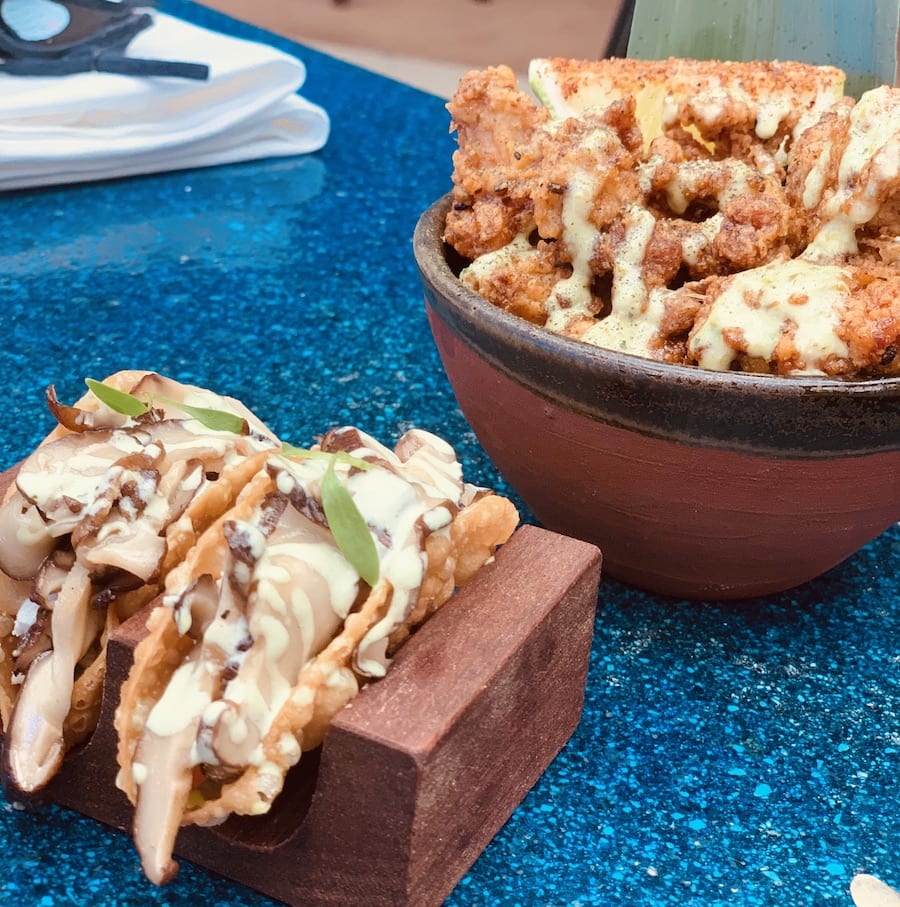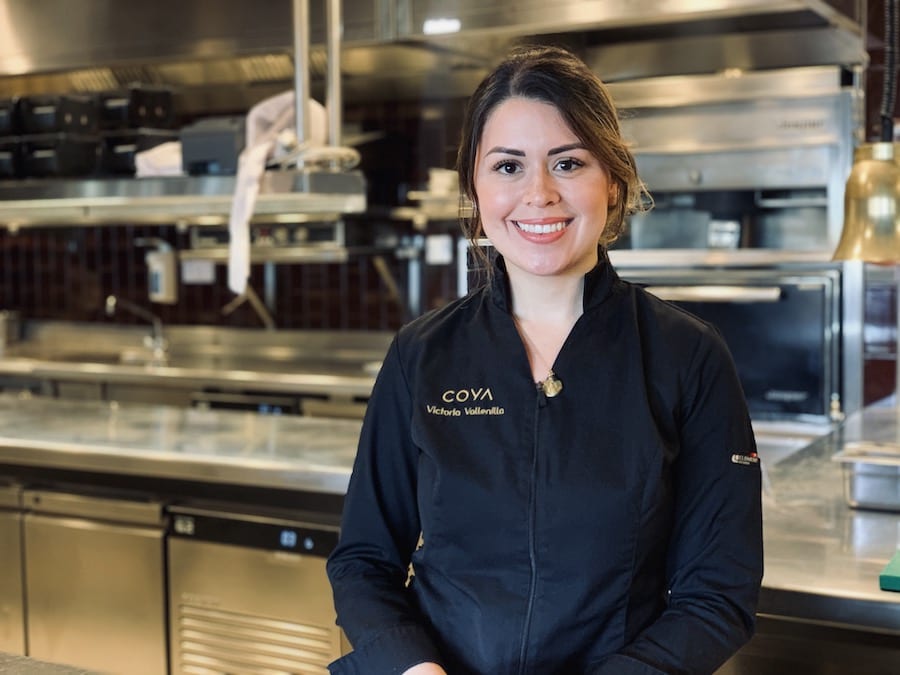As head chef of Coya, Victoria Vallenilla has made history in Monaco. But it is not just her gender that is breaking new ground, it is her revolutionary approach to running a kitchen team.
When news broke on Instagram of Coya’s reopening in Monaco, the phone started to ring off the hook within 10 minutes.
“Funnily enough, our base in London made a mistake and sent out the wrong opening date with that post,” General Manager Eric Gorjux laughs as we sit at one of the colourful dining tables overlooking the Mediterranean. “Monaco is so small and Coya is so popular, all you need is one message on Instagram.”
Coya’s annual reopening normally marks the start of “the season” in Monaco, coinciding with the first of a long line of prestigious events – like the Monte-Carlo Rolex Tennis Masters – and signals the return of fine weather and fun times.
But with no audience to speak of at this year’s tennis tournament due to Covid, Coya’s highly anticipated reopening was timed instead for the watered-down Historic Grand Prix of Monaco in late April.

Since then, the restaurant has uniquely offered lunch service to make up for a shortened dinner service (due to curfew) and reservations just keep rolling in.
“We turned down 230 people last Saturday,” says the general manager.
Situated on the coast in the Sporting Monte-Carlo, Coya embraces the deep blues of the Mediterranean Sea and is bravely bold with the colours of Latin America.

Authenticity is most evident in the kitchen, where an army of chefs work around a roaring red-hot pit of coals, delivering the deliciously smoky flavours of Peruvian barbecue. At the helm is Venezuelan-born Victoria Vallenilla.
“Coya is not a fully Peruvian restaurant, it is what we call Nikkei fusion,” the passionate chef tells Monaco Life. “Peru is made up of many cultures, so we focus on Nikkei cuisine and a bit of South America, because those are the flavours that you find in every country there.”
Nikkei food, I came to learn, is Peruvian ingredients — tropical fish, quinoa, aji amarillo peppers — molded by Japanese techniques. Ceviche is particularly indicative of the Nikkei style and here it is made with fresh striped seabass seeped in onion, chilli, lime, sweet potato, and rounded out with coconut milk.
As Peruvian cuisine carries characters of Asia, a spicy beef fillet with crispy shallots and star anise also makes it on to the menu, as does salmon with sesame, wasabi and kaffir lime.
This cross-cultural mingling is present on many plates: burrata with roasted pineapple, kale salad smothered in manchego cheese, patatas bravas, and Mediterranean octopus all mimicking the influences of Europe.
Meanwhile, the South American classics are elevated to meet the expectations of Monegasque diners: chargrilled shitake tacos, Chilean seabass with rice and lime, Wagyu rib eye with adobo and chimichurri.

Like most South Americans, Victoria says she is obsessed with fast food – well, their version of it, anyway. Therefore, spicy popcorn chicken also makes it to our table. It pairs perfectly with my Coya-emblazened Pisco Sour.
“My dream is to one day open a burger restaurant,” laughs the charismatic chef.
It is a surprising statement from a young chef who has trained under Monaco’s starred masters, including Joël Garault and Benoit Witz, then at Alain Ducasse’s Trattoria.
But Victoria says she fell in the love with the Coya concept, the opportunity to cook the dishes that she grew up with, and the team spirit of everyone at the restaurant.
“There is not the same unhealthy pressure that you have in a starred kitchen, where everyone wants to do better than someone else, to take their place. That’s what I realised when I left the Michelin star kitchens,” reveals Victoria.
Yet it is also at Coya, second to Chef Fabrizio Fossati, where the 28-year-old says she was compelled to grow as a leader.
“When you rise up through the ranks, you can either scream and be crazy like the others to scare your chefs into doing what you want, or you can think smart,” says Victoria. “Coya taught me to change the way I get results from people. I figure I have two hands, and I have 400 covers a night, so I cannot do it alone.
“The most important thing is to make them understand what I am looking for, and to treat them how I would like to be treated; I let them know when things are not right, but I also praise and reward them when they do good. This is not a Michelin star restaurant, people don’t work here to look for glory, it is a lot of work. So, I need to keep people motivated.”

It is an innovative approach that this year helped to elevate Victoria Vallenilla to head chef, with Fabrizio Fossati moving on to executive chef of the global Coya brand. She is now the first female head chef of an SBM establishment and all Coya restaurants. But it is not what Victoria necessarily considers an “achievement”.
“People ask me what it feels like to be the first female head chef of SBM, and I say, ‘It is not normal that I am the first one’,” she says confidently. “In the past, it was difficult for me being a girl because a lot of men don’t like being told what to do by a woman, especially if she is younger than them. But I am not a woman in here, I am a chef.”
Victoria now heads a 35-strong team in the kitchen, and the pastry section is 60% female. “Not because we want to have girls but because we want to make the job accessible for them.”
It is a position that Victoria would like to see more restaurants take.
“The problem is always the same for women – they don’t stay because it is difficult to have a family if you work in this kind of restaurant. I have chefs who only work during the day because they have a family, and I make that possible for them.”

As someone who has risen through the ranks with flair and determination, Chef Victoria Vallenilla has this advice: “Never be ashamed to be straightforward, of looking for the best, of wanting to find perfection and complete accomplishment,” she reveals. “When you start to do that, the pressure is gone. I stopped being scared about what people think. We each have a voice and if people around us don’t like what we are saying, bad luck.”
And there’s no doubt that this feisty, passionate and confident South American attitude translates perfectly on to the plate.
“She makes the job look easy,” concludes General Manager Eric Gorjux. “She runs the kitchens with an iron fist in a velvet glove.”
